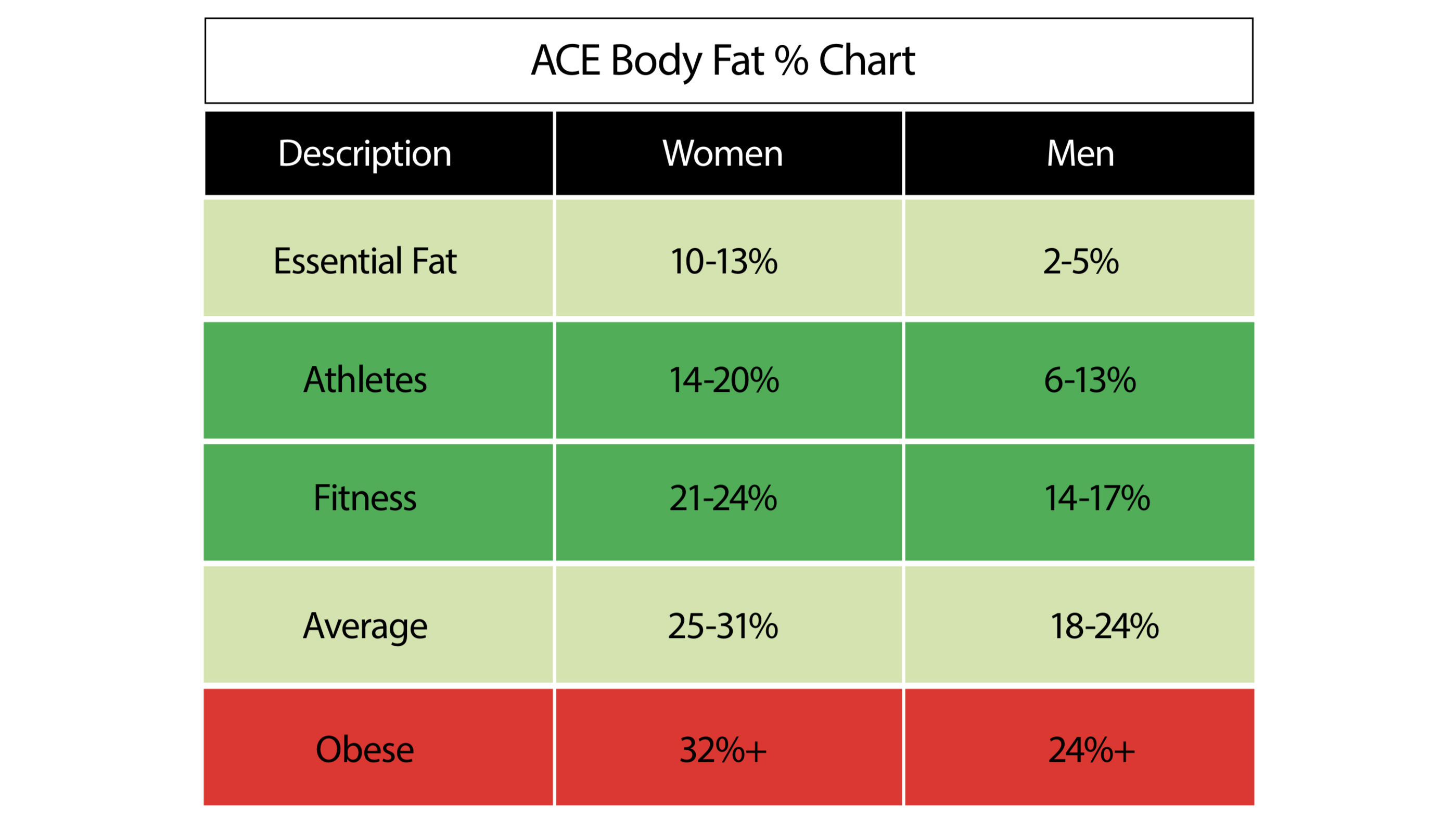How to monitor your progress as a runner: 7 ways to check your health and fitness
If you are starting running to change your body shape or lose weight, here are some methods you can use to measure results

Weight loss is a common motivator for new runners. The BMI calculation is often used as a guide to what is a healthy weight but, as we’ve already mentioned, it’s not perfect.
The newer ABSI is somewhat better, as it also incorporates your waist circumference. It has been shown that holding weight around your waist (an ‘apple’ shape) is worse for your long-term health than storing it in your hips and thighs. Therefore, as well as monitoring your weight, you should keep track of your waist measurement too. In fact, take it further and take measurements from all over your body so that you can see where you are losing weight and toning up.
Don’t become a slave to your scales. You may find that you lose weight slowly with running, or even gain it, depending on your starting point. Don’t feel disheartened – you may be building new muscle instead. A pound of muscle takes up less volume than a pound of fat, so as you’re building heavy muscle tissue (especially in your legs and calves), you might be losing inches off your waist. Because of this, you can weigh the same but have a leaner body.
You could measure your body fat percentage instead. Even a very slender person can have too much body fat, putting them at risk of future health problems. A slim body type with a high-fat percentage often suggests that fat is stored between internal organs, which is a worrying prospect. Aiming to lose a certain percentage in body fat may be more beneficial to your health than aiming to lose a certain amount of weight, as we previously mentioned that muscle tissue weighs more than fat tissue.
Some home scales now calculate this, or those in pharmacies and gyms can offer the option. However, these aren’t all that accurate, and results can wildly vary depending on how much water you are carrying. You could also get some ‘calipers’ (they don’t cost much online), which are more accurate, as you literally grasp the fat and measure it.
What’s a good body fat percentage?

We’ve already mentioned a couple of ways you can measure your body fat percentage (electronic scales and calipers). There are also many online calculators, which can vary in their accuracy, so don’t be alarmed if a shocking percentage comes up.
You can get a body composition test done, but it is expensive and often unnecessary. We suggest picking one method and sticking with it – you can see progress regardless.
Start your week with achievable workout ideas, health tips and wellbeing advice in your inbox.
Here is a chart that shows you the kind of body fat percentages you are aiming for; note that women biologically need more body fat than men, as they tend to store more fat as fuel for pregnancy. As a runner, you want to aim for the ‘fitness’ category.
Checklist
Seven ways you can check your health and fitness, and monitor changes to see how running is benefiting you:
Resting heart rate: A low resting heart rate indicates a good level of fitness. Find your pulse on your neck, count the beats for 15 seconds and multiply by four. Around 60-100 bpm is healthy.
Find your ABSI: The A Body Shape Index is a new measure of health. It is similar to BMI, but it takes into account where you are carrying weight. See www.absi- calculator.com.
Blood pressure checks: Ask your doctor to check your blood pressure at regular points throughout the year, especially if you suffer with high blood pressure, to see if running lowers it.
Time trial: A simple way to gauge fitness improvements is to perform the same activity on a regular basis. You could measure out a mile and see how long it takes you to run.
Clothing size: Sometimes scales don’t tell the whole story. If your clothes are getting looser, but your weight is staying steady, you could be losing fat and building up muscle instead.
Take measurements: Before you start out, measure your waist, chest, hips and thighs. Re-do the measurements once a month and visually see where you are shedding weight or toning up.
Keep a log: Make note of the above tests in your running log and update them regularly. This way, you can look back and use them as motivation if you hit a plateau.
- Couch to 5k benefits
- Walking to lose weight: 7 tips to kick-start your fitness regime with a stroll
Lifestyle changes
- Don’t just focus on your body; there are other benefits to running
- Experience better quality sleep
- Clearer skin that glows
- Higher energy levels throughout the day • Improved mental health
- Less prone to illness
- Keep the mind sharp
- Generally feel happier
- Increased motivation in other areas
- Build your self-esteem
- Add years onto your life
Launched in 2020, Fit&Well.com is all about helping you meet your health and fitness goals in ways that are fun and achievable. With news and features on fitness, weight loss, running, nutrition, yoga, wellness and more, we're committed to helping you wherever you are on your fitness journey. We break down the best fitness tech, with reviews, buying guides and the latest deals on fitness and wellness kit, from dumbbells to diffusers.
We cater for all difficulty levels here. It doesn't matter if you're a beginner in the world of fitness or you're gearing up for your tenth marathon: we're all moving towards the same goal – creating a healthier, happier you. From guides on getting started doing walks around the block, to creating the perfect work-from-home space, to eating to fuel your first triathlon. It's all here.

